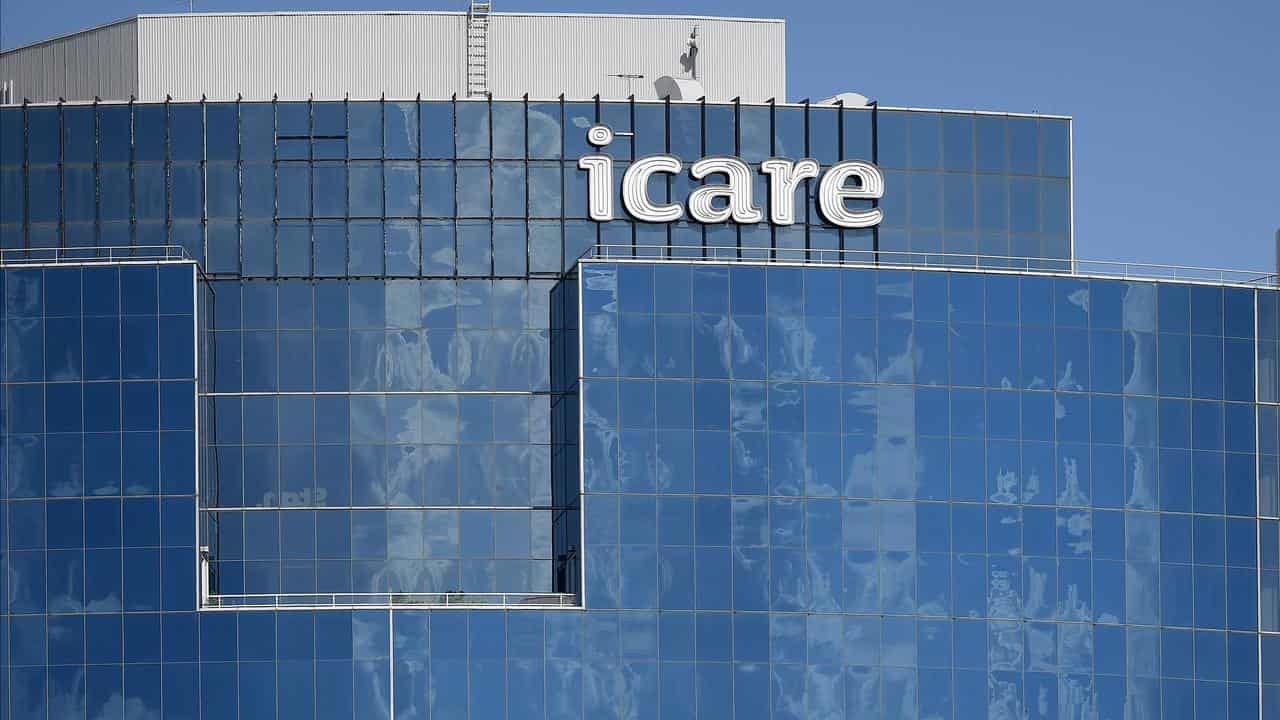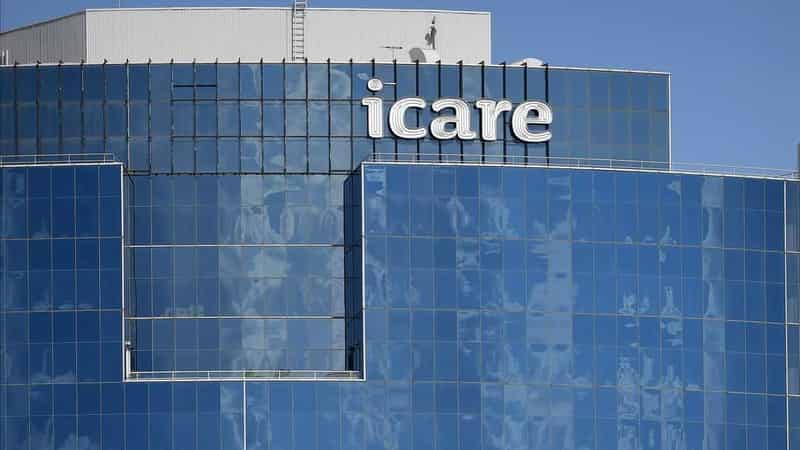
Injured workers have been underpaid and are taking longer to return to work, while businesses face higher insurance premiums amid attempts to turn around the trouble-plagued NSW workplace compensation scheme.
A significant decline in performance has prompted major reforms but their efficiency and effectiveness are yet to be demonstrated, the state’s outgoing auditor-general has said.
Following changes made in 2015, three entities oversee the NSW workers' compensation system.
They include Insurance and Care NSW, or icare, which outsources cases to external insurance providers that assess claims, manage payments and support a return to work for those injured.
But NSW auditor-general Margaret Crawford said recent changes to icare’s claims-management model to bring in more providers was based largely on external criticism.
“Icare did not conduct its own detailed analysis to identify the specific causes of performance problems or thoroughly test options and assumptions before proceeding with a multi-billion-dollar procurement process to implement the new model,” she said in a report published on Tuesday.
The alternative option of icare managing claims internally was not analysed in detail or priced against the outsourced model as it was stated external providers would provide better performance due to competition, Ms Crawford noted.
But the agency did conduct a comprehensive procurement process to select the providers and set terms aimed at providing financial incentives for improved performance.
It could cost up to $100 million more each year if the providers achieved their targets, but icare anticipated the sum would be offset by improvements in return-to-work rates.
Those rates have fallen, increasing the cost of the scheme significantly since the 2018/19 financial year, largely due to extra claims for psychological injury that were leaving people out of work for longer, Ms Crawford said.
The rate of workers with a psychological injury returning to work after 13 weeks had fallen to 40 per cent from 54 per cent five years ago.
The trend was threatening the financial sustainability of the Treasury-managed fund that covered public-sector workers, while private employers faced insurance premium increases of eight per cent a year over the next three years, Ms Crawford warned.
Icare initially asked to raise premiums 22 per cent in one hit, but that request was rejected by the state government in April, 2023.
Ms Crawford noted the pressures on icare’s financial sustainability were underplayed in its annual reports.
The auditor-general also highlighted the cases of thousands of workers who were underpaid by the agency.
Around 20,000 injured workers missed out on $40 million between 2012 and 2019 due to incorrectly calculated payments, while more than 13,000 others were owed almost $15 million after their payments were not adjusted for indexation.
The failures led the State Insurance Regulatory Authority to censure icare in December for breaching its responsibilities due to notification delays.
Similar issues were identified in successive audit-office reports and the latest review recommended icare develop a program to ensure payments are accurate.
There were about 110,000 claims for compensation from injured workers in the 2022/23 financial year audited.









